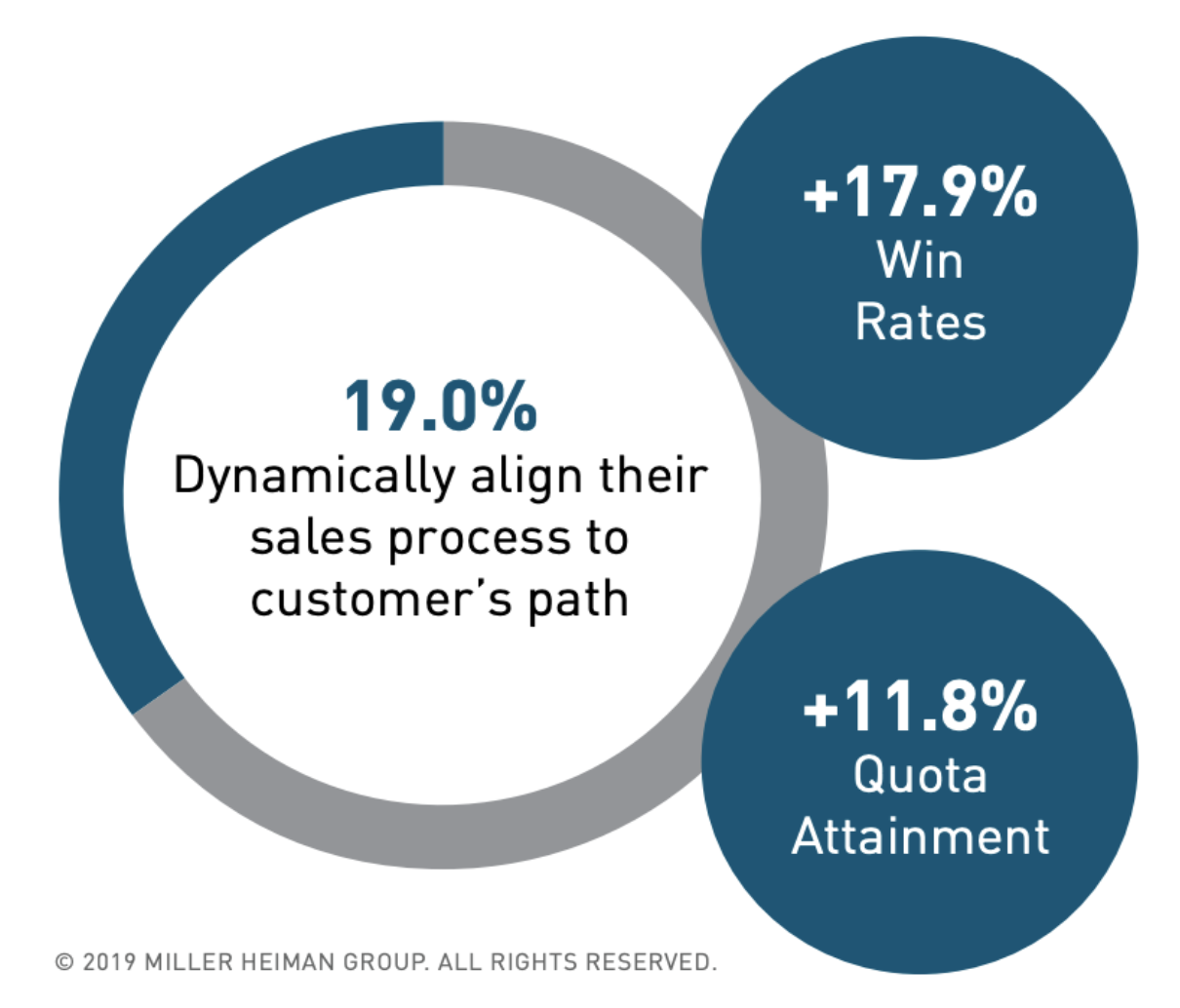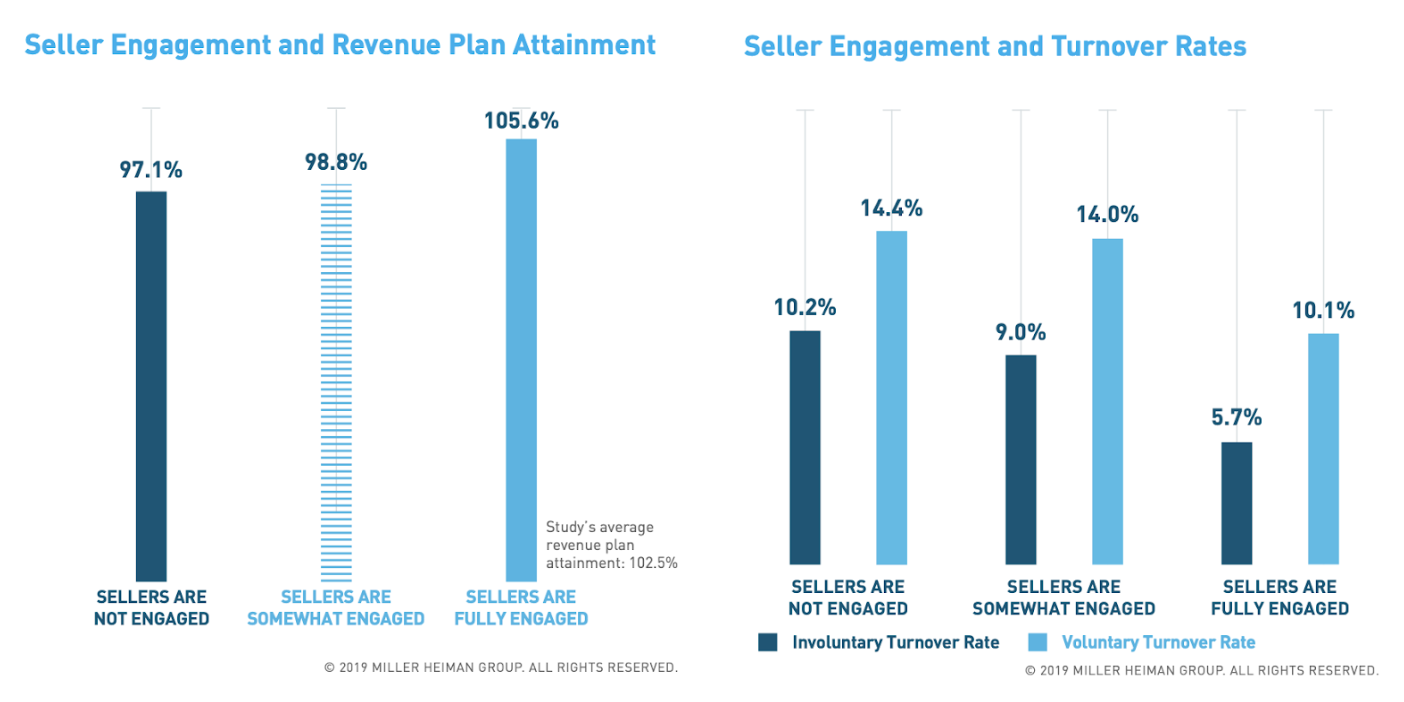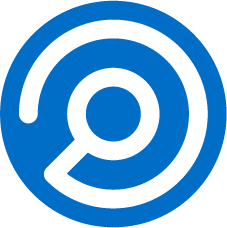“With age comes wisdom, but sometimes age comes alone.” –Oscar Wilde
Oscar’s words ring true for many occasions, but especially so for the current state of sales enablement. In our quest to learn more about the state of our industry around the world, we partnered with CSO Insights for their Fifth Annual Sales Enablement Study. A consistent theme emerged — sales enablement has solidified its place as a necessary business function and, as a result, organisations are focused on maturing processes and strategies to maximise impact.
The study found that companies with an aligned sales enablement team and formalised collaboration processes had the most impact on:
- Increasing win rates for forecast deals
- Improving the full-funnel customer experience and customer relationship
- Driving seller engagement, including higher adoption rates for sales processes and methodology
Survey Says — Formalisation Drives Results
CSO Insights surveyed companies from around the globe and across multiple industries to understand the enablement priorities and challenges they’re facing in the coming year. With the added stability and consistency that sales enablement provides, the majority are now emphasising a formal charter and strategic vision.
Sales professionals know that a few percentage points of difference in win rates and quota attainment can make or break your fiscal year. This year, we found that the win rates and quota attainment for organisations with an informal approach to enablement were 3.1 and 3.6 percentage points lower than the average, respectively. Sales enablement formality dramatically impacts win rates, quota attainment, and revenue plan attainment. It’s clear that random and informal enablement doesn’t work and may be worse than doing nothing.

As with many company initiatives, thoughtful planning and alignment are the keys to moving the needle when it comes to enablement. But for the function to drive greater business impact and sales results, it’s critical to formalise a holistic approach to sales enablement within your organisation.
Customer Experience Benefits From Formal Enablement
The job of an enablement function is to help customer-facing roles do their jobs more effectively, which first requires an intimate understanding of today’s more demanding and educated buyers. That means that enablement must create the foundation that the sales team needs to effectively diagnose and consistently solve buyers’ challenges.
Establishing an enablement function starts by aligning internal selling processes to the buyer’s journey. For sellers, the goal is to convince buyers to move to the next stage of the purchase process, so enablement efforts must mirror this objective. When enablement and sales are in lock-step, this alignment drives dramatic improvements.

The report found that as companies move from random or informal alignment to dynamic alignment and acquire mechanisms such as sales analytics, they achieve a significant increase in win rates and quota attainment. These considerable increases — 17.9% for win rates and 11.8% for quota attainment compared to the study’s averages — show the transformative impact of formal enablement.
Ensuring Audience Buy-in
Formalising your enablement process and aligning it to your buyer’s journey is obsolete unless you have audience buy-in. The top five audience segments you must address are:
- Quota-carrying salespeople
- Frontline sales managers
- Higher-level sales managers
- Channel partners
- Service and customer success professionals
Of course, salespeople and their managers need enablement, but successful enablement strategies also include channel partners and customer success teams that interact with buyers at various stages throughout the relationship. CSO Insights’ research shows that when these roles are invited into the enablement effort, seller engagement increases, delivering greater revenue attainment and less seller turnover. It comes as no surprise that engaged managers lead more engaged teams.
Survey participants who said that their sales force was fully engaged achieved better sales results — on average, 8.5 percentage points higher revenue attainment and less seller turnover. Revenue attainment is imperative to year-end goals when you consider it takes 3.7 months to fill an open position and 9.2 months to get new sellers to full productivity.

The survey makes it clear that formal enablement is uniquely positioned to ensure alignment across all customer-facing roles throughout the buyer’s journey.
Without strategic formalisation and audience buy-in, sales enablement functions will get older but won’t gain any of the wisdom and impact that comes with true maturity. Download the 5th Annual Sales Enablement report to learn how to mature your enablement efforts and see measurable business results.




